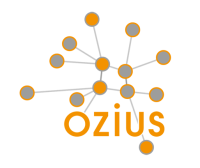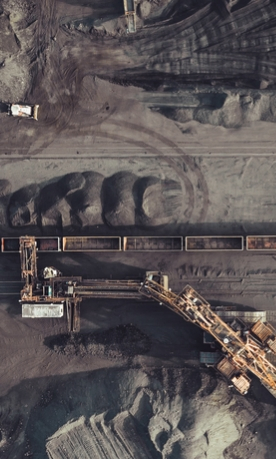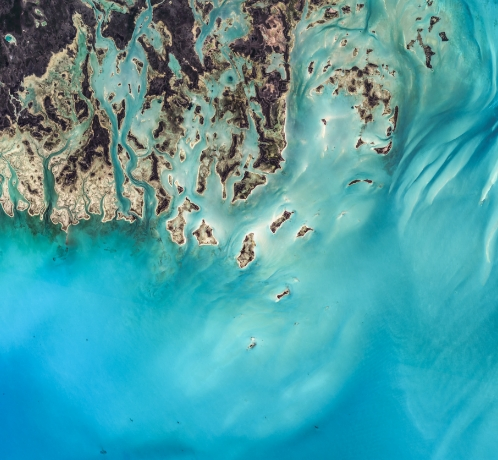Case Studies
Ozius Vessel Detection: Summary
Traditionally we associate vessel detection and maritime surveillance with border protection or defence related applications. Protecting and monitoring our planets marine habitats, searching for missing or hijacked vessels and offshore oil and gas resources all require vessel detection or marine surveillance.
The use of automatic identification systems (AIS) data is the primary source of information relating to the movement of vessels. AIS is a tracking system that uses the onboard transceivers on ships to send out positioning information so these ships can be tracked. However, small non-commercial vessels and indigenous fishing vessels, for example, don’t have AIS on board. Further, those conducting nefarious activities certainly won’t be using AIS. So what can we do to track or locate vessels that aren’t using AIS?
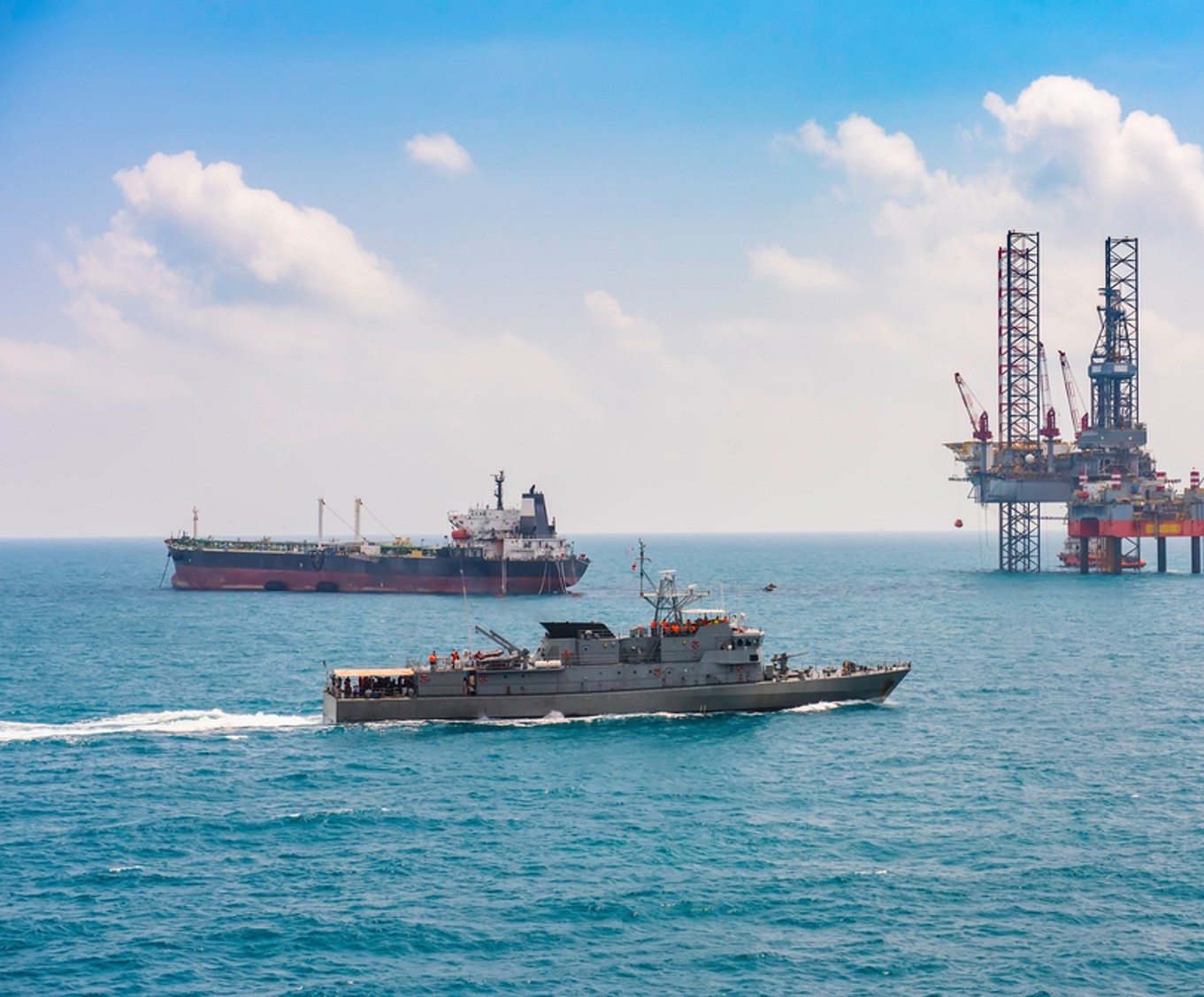
Satellite Imagery to Track Vessels
The use of Synthetic Aperture Radar (SAR) has long been used to detect Vessels, however if you are looking for vessels without AIS enabled, you are relying on chance, which means you need to maximise the imagery data available and increase the temporal depth.
Ozius was approached by an Oil and Gas customer to assist with identifying and tracking indigenous fishing vessels over an historic period of time to help measure potential social impacts in and around offshore oil fields.
This particular part of the world did not have large SAR archive data. So, we increased the temporal depth by utilising optical and radar imagery data.
Performance of Ozius’ Multi Sensor Vessel Detection
In summary the objective was to identify indigenous fishing vessels of various sizes and construction in nearshore and offshore conditions.

Model Performance
- Detected 97% of vessels/water craft over 2 metres in length with Very High Resolution optical satellite data (<2.0m resolution).
- Detected approx. 75% of vessels over 6m using ESA Sentinel 2A (10m resolution).
- Designed to provide robust detection using any earth observation satellite – guaranteeing coverage and detection.
- Tested and validated over multiple locations (Approximate 5,000km2 including the subject Area of Interest and AOI’s within Western Australia).
- Further deployment of Broadscale (Sentinel 2) model will improve accuracy at all vessel sizes.

The Benefits of a Multi Scale and Multi Sensor Approach
- Cover the entire planet in the same cadence as ESA Sentinel constellation (Radar & Optical) and Airbus DS Pleiades.
- Increase the temporal depth available when time series analysis is required, either historic or forward looking.
- Detects vessels from 2 metres in length of various materials and construction using Airbus DS Pleiades.
- Detects vessels from 6 metres in length various materials and construction using Sentinel constellation.
- Provides indicators of specific high-frequency regions and corridors for vessel movement or fishing activities over a season, and change from season to season.
- Complimentary tool to AIS vessel feeds.
- Can be applied across both Northern and Southern Hemisphere with consistency.
- Perfect complement to radar in order to increase frequency of detection.
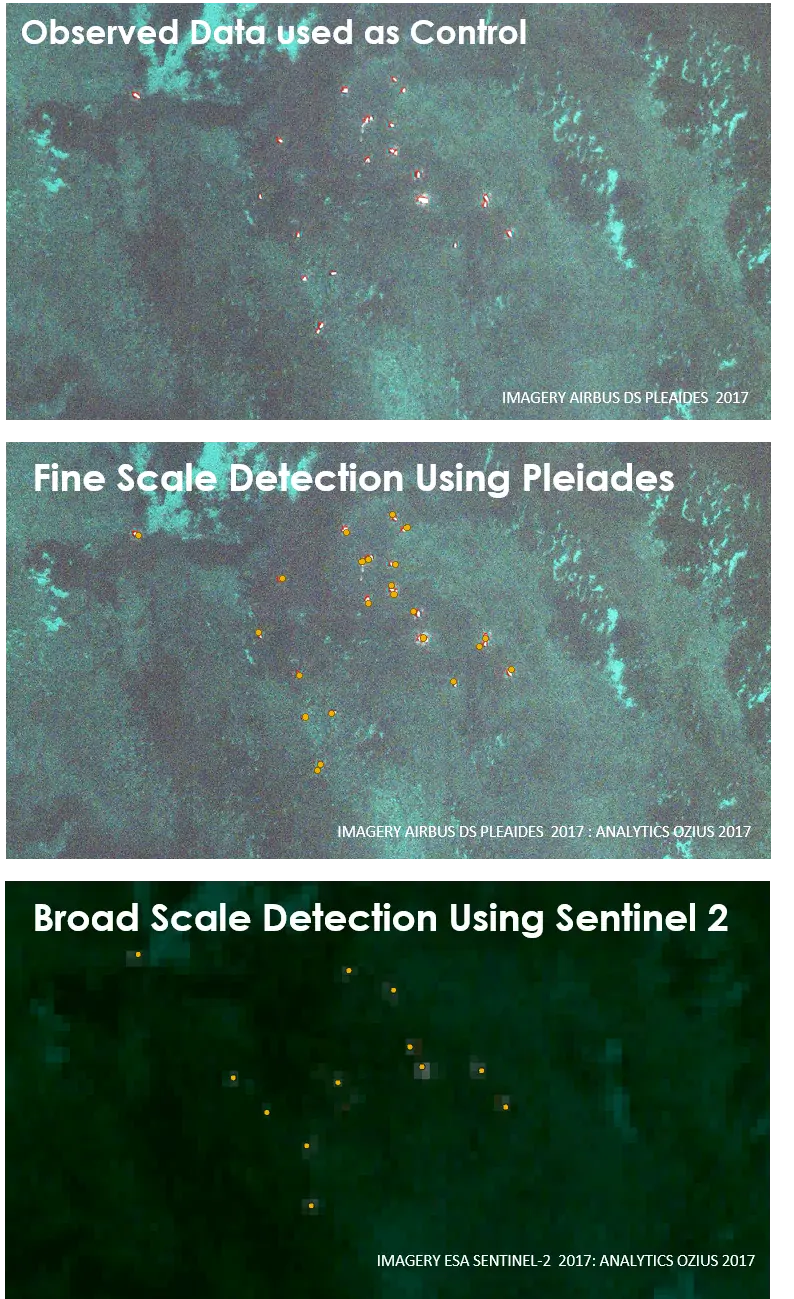
Knowledge in days, not weeks.
Gaining access to insight is critical to success in many industries. With advanced analytics from our Naxia platform delivered in record time, it’s easy to leverage our intelligence to power your next move.
